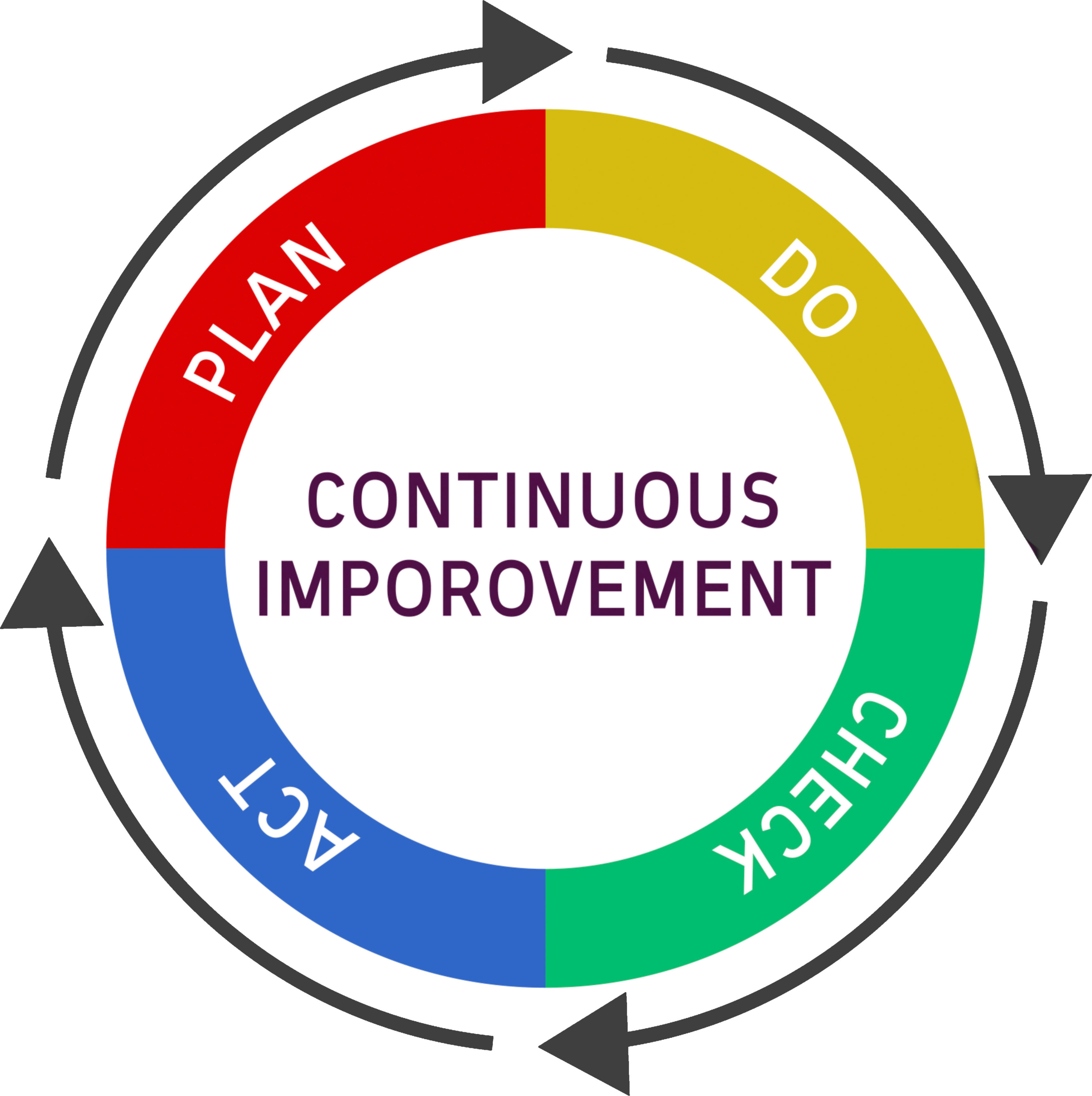How should microbiology laboratories be prepared for the next unknown?
by Dr Giuseppe Togni
What we learned from the last pandemic, which no one saw coming, is that it is difficult to answer the question “How should microbiology laboratories be prepared for the next unknown?” However, the last pandemic also taught us that it is imperative to try to answer such a question. In this article we will try to situate what the next unknown will be and a simple method to anticipate and manage this risk is proposed.
Preamble
To answer the question asked in the title, we must first define what is an unknown. We are still reeling from the COVID-19 pandemic and currently imagine that it will be a new infectious agent. However, the nature of an unknown is to be mysterious and to encourage us to think outside the box. For example, in February 2022, the next unknown for Ukrainian laboratories was a war. An unknown to which they had to adapt both as laboratories and as human beings. Both factually and emotionally.
In the question asked, the laboratory is also mentioned. However, there is not one laboratory, but many (public, private, reference, central, local), all with their own characteristics. The management plan for an unknown must take this into account.
The unknown: a crisis
An unknown can be a pandemic, an epidemic or a health crisis. In fact, all of the above are crises, with some common characteristics, also found in dictionary definitions (‘A moment of great difficulty, danger, disagreement, confusion or suffering; a sudden loss of confidence’), with a strong emotional dimension that needs to be managed.
A crisis is either an event or a period of time that leads to an unstable and dangerous situation affecting an individual, a group or the whole of society. Crises are negative changes, especially when they occur suddenly, with little or no warning. Therefore, it is clear that managing a crisis requires mutual knowledge, collaboration, coordination and anticipation.
It is possible that the next crisis will be the appearance and spread of a new infectious agent. If this is the case, it will probably be a virus that spreads by aerosol and respiratory droplets. We also know that the impact of this new agent will depend on the mode of transmission, the incubation period, the mode and speed of spreading, the transmissibility during the incubation period, the availability of treatments, etc. These are things known by epidemiologists for the next kind of known unknown.
However, how does one prepare for all the other unknowns? First, you have to let your imagination run wild and list all the unknowns that are bothering you. The range is wide: an epidemic, a technological breakthrough that could make your laboratory less competitive, a decrease in reimbursement for analyses, an institutional crisis, a financial crisis, a war.
Now, how do you prepare for them? Below is a relatively simple method, with many recommendations.
Worst-case scenario
Simply start by describing the worst-case scenario. In general, it corresponds to the situation where nothing is done: a virus appears in a country, nothing is done; it spreads, nothing is done; it crosses borders, nothing is done; it arrives in your country, nothing is done; it affects a lot of people, nothing is done; the sick people saturate the health system, nothing is done; there are many deaths, nothing is done.
At this point, you start to imagine actions, define the resources needed, analyse how the solution can be developed and implemented, list possible setbacks, and change the scenario over time. It is a Deming wheel (Fig. 1), but turning very quickly. The method is simple, but it only works if all the parameters and partners specific to the situation under analysis are taken into account. The analysis must cover factual aspects, but above all emotional aspects.
Figure 1. A Deming wheel
(Shutterstock.com)
Particularities of crises
One does not behave in a crisis in the same way as in normal times. It is the same as comparing war and peace. One does not act in times of war as in times of peace. In general, you have to expect more chaos and confusion and adapt your plans quickly to the changing situation. This is only possible with an established and clear command organization.
A crisis cannot be managed alone. It is therefore necessary to surround yourself with a multidisciplinary team. However, in times of crisis, in the course of a collaboration, there are delays and unforeseen events, discrepancies, which must be managed even under strong emotional pressure.
Things to consider in your analysis
You know your company, your laboratory, your staff and your procedures very well. When writing a crisis plan, we tend to focus on these known elements, which are part of our daily life. However, one should not forget other actors who could play a different role during a crisis. For example, during the COVID-19 pandemic, the media, the political authorities and the general population became omnipresent actors with whom we had to interact in a different way from usual. It is therefore crucial to understand the requirements, needs, fears, ambitions of each actor, with a particular focus on the emotional aspects. This also applies to the interaction with your own colleagues. Hence, a clear communication plan is necessary.
If the human component is important, so are the technical and scientific ones. During the COVID-19 pandemic, we found that we had to adapt quickly when using technologies that we thought we had mastered. In an environment where connectivity is paramount, we have seen how difficult it can be to put in place efficient, reliable and secure traceability guidelines and tools. New pathogens also require appropriate diagnostic tests. However, these should first be developed, validated and accepted by the competent authorities. In the laboratory, we keep a close eye on the verification of each new test. In the rush of a crisis, the approach has to be reviewed and operations coordinated, both within the laboratory and in collaboration with external partners (authorities, reference laboratories, suppliers). Only with a team with strong scientific, technical and interpersonal skills can you successfully manage this step.
Another completely unexpected situation that the COVID-19 pandemic confronted us with was the strong worldwide competition for the supply of instruments, reagents and consumables. We had to find, even invent, alternative solutions, often implemented in a hurry. Imagining in advance these ‘crisis’ solutions is also highly recommended.
The pandemic has also changed the way we look at what is strategic for health. At the beginning of the crisis, the lack of sufficient quantities of masks and hydroalcoholic solutions had propelled these two products to the rank of strategically important material. In the same vein, laboratory analyses must be considered in the same way. This may seem obvious now, but as time goes by and we return to a time of ‘peace’, the imperatives of reducing healthcare costs come back to the fore. A political visibility of the laboratory work with its right strategic consideration can guarantee a solid basis to face the next health crisis. At this level, it is the responsibility of all actors of the sector to be proactive.
Good team leadership, communication and collaboration
improve crisis response (Shutterstock.com)
Conclusion
How do we prepare at the laboratory level for the next unknown? The last pandemic has shown us that we need a preparation that goes beyond the laboratory world. The political world, the health authorities, the medical world, the media, as well as the suppliers of instruments, reagents and medical equipment must be involved in this preparation.
A crisis is an emotional moment and this dimension must be integrated in your battle plan. The human qualities of the managers, more than the technical ones, make the difference in moments where strong and quick decisions have to be taken. On the other hand, employees are human beings who are undergoing a crisis with all the fears and anxieties that go with it.
We do not know what the next unknown will be, but we must prepare ourselves to face it. This article has proposed a simple method to evaluate the possible actions. Start by letting your imagination run wild and list the possible unknowns. Then write down the worst-case scenario. Imagine solutions and evaluate their feasibility (resources, costs, partnerships, etc.). Do not forget to do this exercise with a multidisciplinary team: the result will be much better. Do this exercise now, in times of ‘peace’ and you will be better armed to face the ‘war’ against the next unknown.
The author
Giuseppe Togni PhD
Department of Microbiology, Unilabs Central Laboratory, 1296 Coppet, Switzerland
E-mail: Giuseppe.togni@unilabs.com





